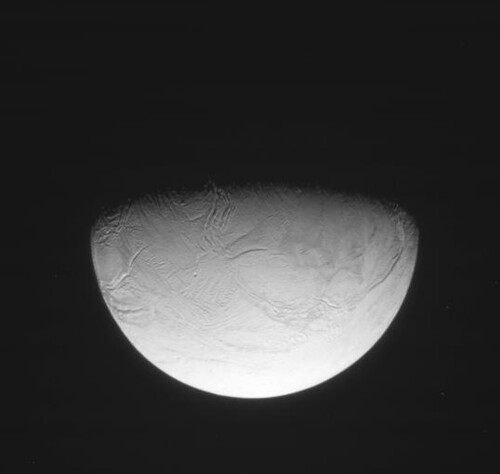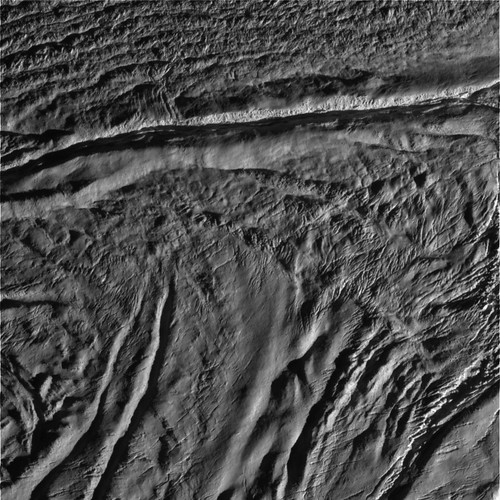Tasting The Ice Plumes of Enceladus

Planetary scientist Carolyn Porco is very happy this week, judging from her blog post on recent Cassini-Huygens images:
Well, folks, the images are down … at last!! … and I can’t print here what I first said upon seeing them. What a dazzling success! There doesn’t even appear to be any smear. Paul Helfenstein (imaging team associate who planned the images), you genius … here’s one big hug from me, man! We here at CICLOPS are all giddy, even moved to tears.

The ice plumes of the Saturn moon were first seen last October. Here’s an animated rendering:
This week’s mission is noteworthy, as they’ve practically brushed by the surface:
During closest approach, Cassini successfully passed only 50 kilometers (30 miles) from the surface of the tiny moon.
Cassini’s signal was picked up by the Deep Space Network station in Canberra, Australia, and relayed to the Cassini mission control at NASA’s Jet Propulsion Laboratory in Pasadena, Calif.
"We are happy to report that Cassini’s begun sending data home," said Julie Webster, Cassini team chief at JPL. "The downlink will continue through the night and into tomorrow morning."
Closest approach occurred at approximately 3:21 p.m. PDT, while Cassini was traveling at a swift 17.7 kilometers per second (40,000 miles per hour) relative to Enceladus.
During the flyby, Cassini focused its cameras and other remote sensing instruments on Enceladus with an emphasis on the moon’s south pole where parallel stripes or fissures dubbed "tiger stripes" line the region. That area is of particular interest because geysers of water-ice and vapor jet out of the fissures and supply material to Saturn’s E-ring. Scientists hope to learn more about the fissures and whether liquid water is indeed the engine powering the geysers.
You’ll enjoy this video: